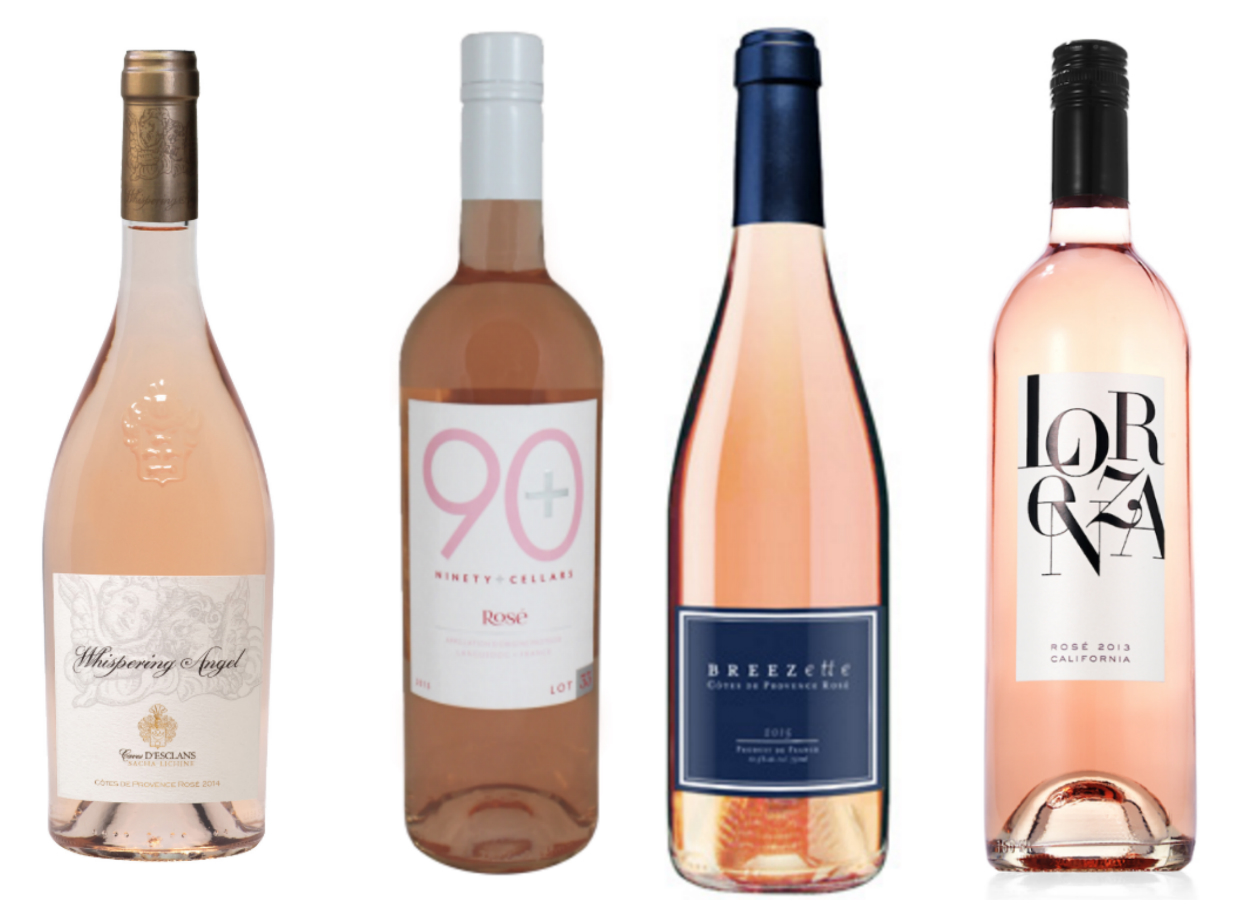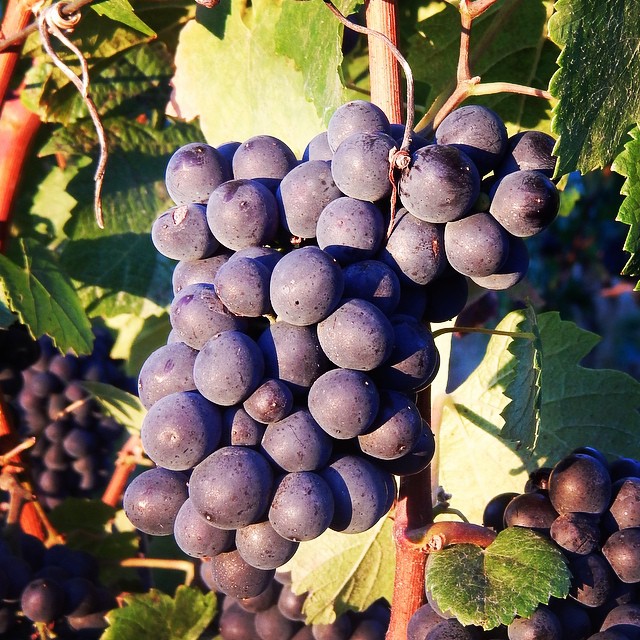

So grenache, syrah, cabernet sauvignon, tempranillo, sangiovese, malbec, mourvedre, carignan, zinfandel, cinsault, and pinot noir are all common varieties used for rosé and even blends.
#Rose wine alcohol content skin
Red grape varieties are used to make rosé, as the skin contact and saignée methods reduce the red color in the wine. Over time, the wine will taste less acidic even though the acidic level remains the same. But apart from taste, acidity helps good wine age well. If you love a crisper rosé, the higher acid level allows it to pair perfectly with rich Mediterranean flavors like grilled salmon and goat cheese. But which is better-more or less acid? Depends on your tastebuds!

A grape cluster that’s been ripe for a while, on the vine longer, or in a warmer climate will have less acid. For example, a grape cluster could have more acid because it’s unripe, hasn’t been on the vine as long, or comes from a colder region. The level of acidity in wine goes back to the grapes used from the vineyard, but there are still several factors that influence acidity even before the grapes are harvested.
#Rose wine alcohol content how to
Related: How to Sound Like a Wine Expert What is Acid?Īcid might sound like the last thing you want to be associated with wine, but don’t worry, it’s a good thing. Medium-bodies wines usually have an alcohol content ranging between 12.5% and 13.5%, and they’re often described as smooth and refreshing-just like rosé.įull-bodied wines inspire descriptions of rich and complex, and they feature the highest alcohol content, coming in at 13.5% or above. Usually with an alcohol level under 12.5%, these wines offer a burst of flavor but don’t feel thick or heavy as you drink.
#Rose wine alcohol content full
Rosé falls into the medium-bodied category most of the time, but let’s explore the full range of “bodies,” shall we? A wine’s body is usually determined by the wine’s alcohol content, with full-bodied wine feeling thicker and heavier and light-bodied wines feeling … well, lighter. It describes how a wine feels in your mouth, which is different than just how it tastes. No need to use fancy terms.” But the term isn’t for show-offs and salespeople. You may have heard someone describe the “body” of wine and thought, “We get you like the wine, just say that.

It’s not typical, as most Champagne is still usually made with the saignée method, but it’s allowed! What is “Body”? While this method of rosé production is literally outlawed in some regions of France, making Champagne this way is legal. Not surprisingly, this technique is called the blending method. Remember when we learned mixing red and white wines was off-limits in some regions? Well, some places still allow it, and it’s the third way rosé can be produced. Fermenting the pink juice leads to rosé, essentially giving the winemaker a “two-for-one” winemaking process. By removing some of the pink juice in an early stage, the red wine becomes more concentrated, and the pink juice can be fermented separately. Winemakers sometimes use the saignée (French for bleeding) method to make a rich, red wine with more tannin.


 0 kommentar(er)
0 kommentar(er)
